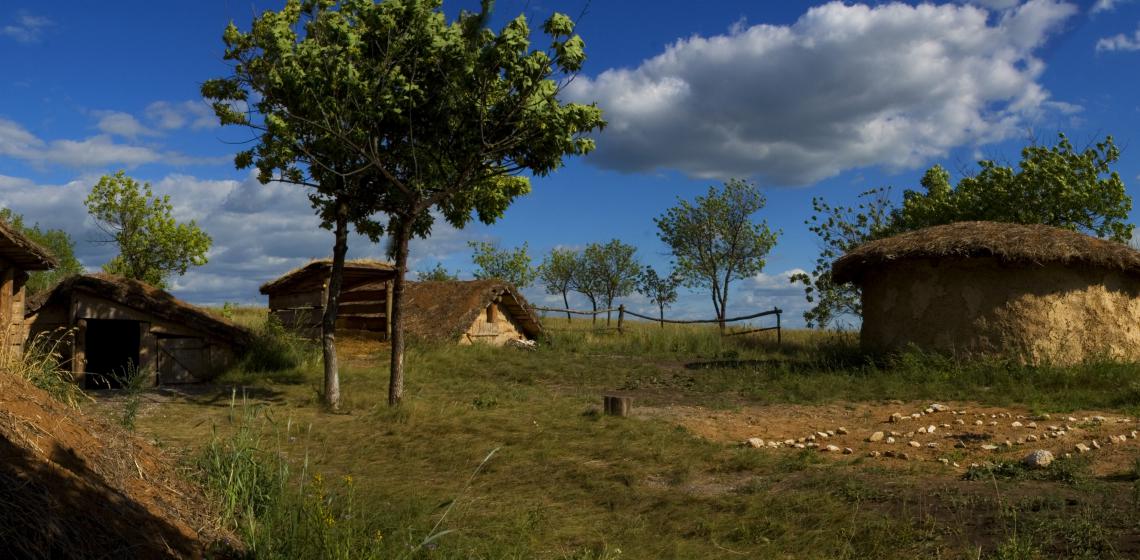Divnogorye (RU)

The "Natural, Architectural and Archeological museum-reserve "Divnogorye" is situated 150 km to the south from Voronezh and 650 km to the south from Moscow. Its area is 1100 hectares.
The "Natural, Architectural and Archeological museum-reserve "Divnogorye" is situated 150 km to the south from Voronezh and 650 km to the south from Moscow. Its area is 1100 hectares.
There is a lot for sightseeing: the chalk monuments-outliers Divy, chalk canyons and beautiful landscapes, cave chalk churches from the 17th to 19th century. in Bolshie (Big) and Malie (Small) Divy; Mayatskiy archaeological complex of the 9th and 10th century, mounds and settlements of the Bronze Age, Upper Paleolithic sites, and place where wild horses died 12-14 thousand years ago; relict and endemic flora and fauna.
In Divnogorye there are a lot of multitemporal archaeological sites. This place was inhabited 12-14 thousand years ago in the Paleolithic era. It is an unique place of death of wild horses (eques ferus) which is also dated to the same time. Scientists have discovered the remains of more than 60 horses. This is the largest collection in the world of complete skeletons of this animal of the Upper Pleistocene. There are also monuments of the Neolithic (New Stone Age) 6-4 thousand years BC, the Bronze Age (end of the 3rd-2nd millennium BC) and the medieval castle Mayatskiy (9th – 10th century AD). The most remarkable archeological site in Divnogorye is the medieval Mayatskiy complex the north-western outpost of the Khazar Khanate, which consists of castle, surrounding area (of more than 30 hectares) – Selishche (an open unfortified settlement), a centre of pottery production and burial (ancient cemetery). These monuments were left by the Alans and Bulgarians who lived here.
A small part of that early medieval settlement was reconstructed according to ancient plans in the Archaeological Park named “From nomads to the cities”. Nowadays visitors can see the conditions of medieval life: two yurts, two pit dwellings or grubenhauser (0.2-1 m depth in the chalk) and a pottery workshop. Here everybody can dress Alanian clothes, drink from medieval shaped mugs and so on. There are also different educational programs for adults and children. There is also a program for the re-creation of the ancient stone industries. That’s why we hope that in future our archaeological park will include also Paleolithic buildings.
